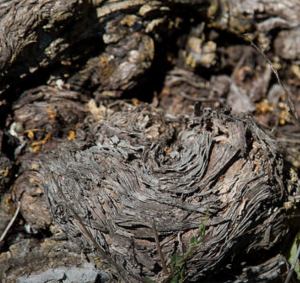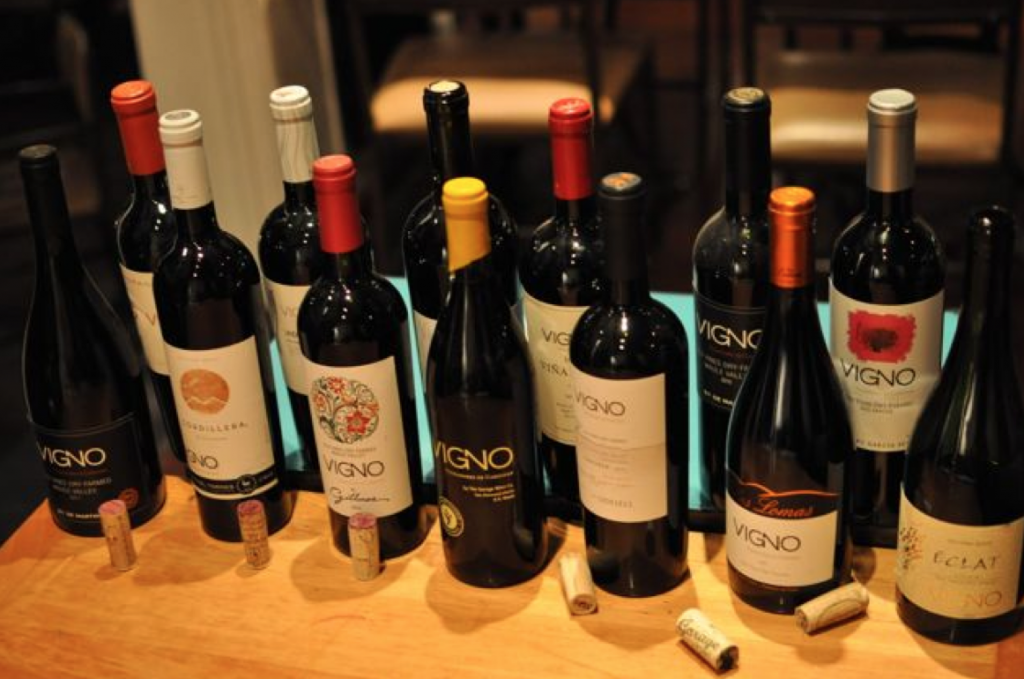Although it might not be the best known, Maule is one of the biggest wine producing regions in Chile. Its great diversity of varieties often don’t even get a mention on the wine label as traditionally this has been the heartland of anonymous wines sold as bulk or table plonk. VIGNO (Vignadores de Carignan) is a movement that has helped change that – putting Maule on the map.
With 17 member wineries or producers, making one VIGNO wine each, enthusiasts claim that VIGNO is the first real appellation of Chile, and there may well be reason to their rhyme as the rules of VIGNO are very similar in specificity to those of a traditional European appellation:
- a minimum of 65% Carignan (only to be blended with other red old-vine varieties from Maule);
- using vines over 30 years old (or grafted onto old rootstock);
vineyards must be dry farmed; - vineyards must be hand harvested (the only mechanics permitted are the sturdy wheels of a horse-drawn cart;
- and wines must be aged over 2 years before sale.
The characteristics of VIGNO show you exactly what is special about Maule. Maule has beautiful old vineyards of varieties such as Carignan and Pais, whose root systems are so deep that many of the vineyards (known as Secano) can be completely dry farmed (with no additional irrigation beyond the rain). This is quite unique in the viticulture world, and is a real gem in Chile where many of most famous wine regions are pioneering new regions barely in their teens.
So what does the wine taste like? Well, with 17 different wines in VIGNO there is of course some diversity within producer styles. Although there is a family line in VIGNO, and that is the old vine Carignan. The variety was originally planted in Maule in the 40s as a government initiative after a devastating earthquake in 1939 that killed 28,000 people. Agriculture needed to be boosted to overcome the local crisis, and so Carignan was planted all over Maule to compliment the Pais (Mission or Criolla) grape which was widespread, but a bit paltry in profile. Carignan to the contrary was big – with lots of colour, tannins and a powerful acidity. It was too rustic to drink on its own, but added a much needed backbone to the Pais wines.

Almost all the wines are made from grapes purchased from very small producers around Maule, small to the extent whereby they may count their land by number of vines owned rather than hectares.
The similar providence and conditions for the grapes means that all the VIGNO wines share in the true character of Maule Carignan: a bright red fruit nose, with wild floral and herbal notes often underpinned by more rustic earthy notes, matched with a bracing acidity and tannin backbone. While originally planted as a support role for Pais wine, Maule’s Carignan now walks on its own two legs and provides one of the most interesting wine varieties to taste out of Chile.


